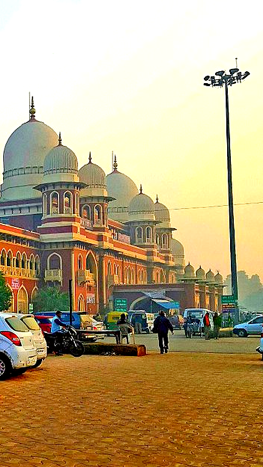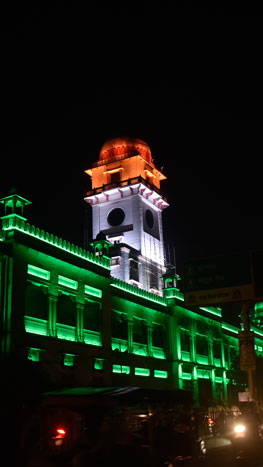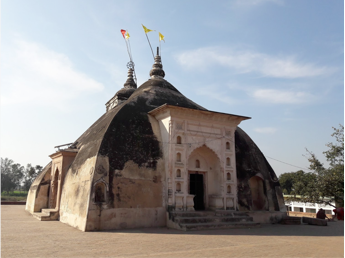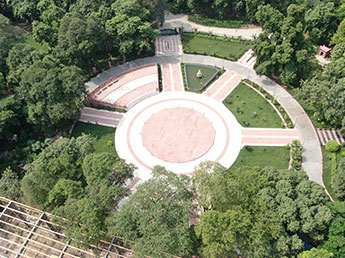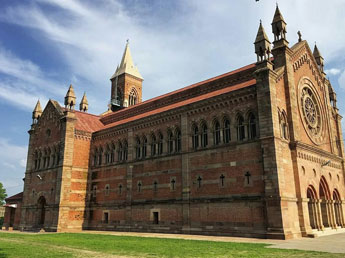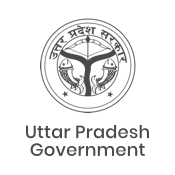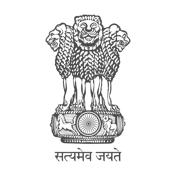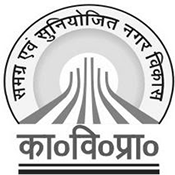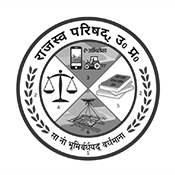It is believed that this city was founded by Raja Hindu Singh of the Sankandi state. Kanpur’s original name was Kanhpur. Whether it is suspected to be associated with the King Hindusi of the realty of the origin of the city, or belonging to the heroic Karna of Mahabharata period, it is so certified that in the last phase of the reign of Awadh, this city is situated in old Kanpur, Patkapura, Kuraswam, Juhi and Seemamau villages. It was made by meeting. With the neighboring state the rule of this town remained in the hands of the rulers of Kannauj and Kalpi and later the rulers of the Muslim rulers. From 1773 to 1801, Nawab Alamas Ali of Awadh had a decent government here. After the Treaty of 1773, the city came under the rule of the British, resulting in an English camp here in 1778 AD.
Being located on the banks of the Ganges, there was a facility of traffic and industry. Therefore, the British gave birth to the industry and here the development of the city started. First of all, East India Company started the business of Neel here. After the construction of the Grand Trunk Road in 1832, the town was connected to Allahabad. In 1864 AD, Lucknow, Kalpi etc. were added by roads to the main places. Upper Ganges canal has also been constructed. With this development of traffic, the city’s business re-accelerated.



